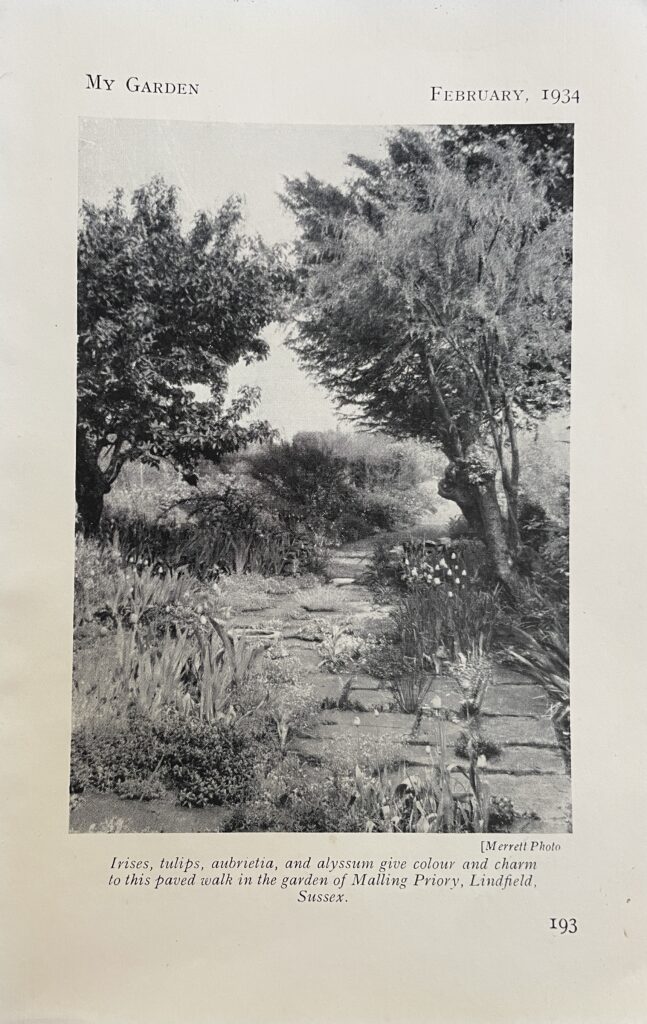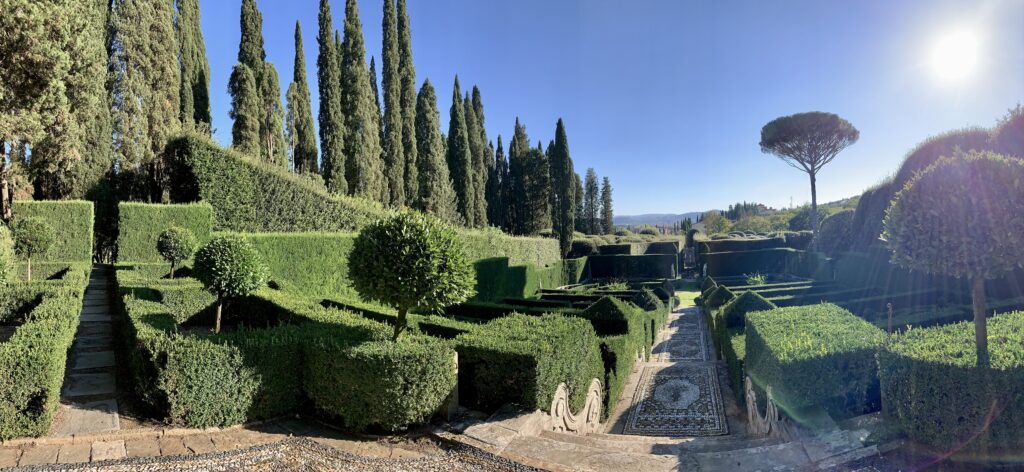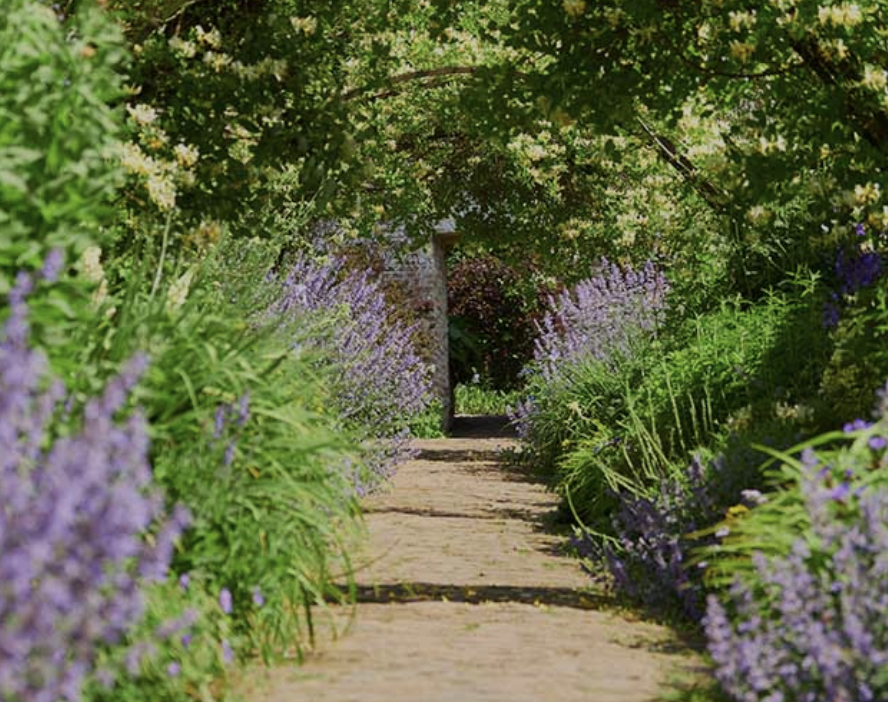Does designing your garden ever cease? Or is it an ongoing process, and just like any work of art, it’s never really “finished”? Do you find yourself tweaking planting schemes, altering plans to changing growing conditions…or interests, eliminating this, adding that…I’m certain few gardeners set their patch in stone. Except, literally, when setting paths through the garden. Get that wrong and one is facing a costly and tiresome period of correction.

Years ago, I visited a delightful garden in Kansas City, Missouri. The property was a light industrial building downtown that had been domesticated to suit a small family and their two bulldogs. The garden was a spacious area with a few mature trees and secluded by high brick walls, but otherwise a blank slate. The couple set about planning a logical scheme to incorporate a patio, veg and herb garden, shrub and perennial beds with grassy areas to break it all up into spaces for urban outdoor living. The bulldogs had other ideas. Their people soon realized that the pair of pups were creating pathways that crisscrossed the center of the lot with a large X within in square, the lines of which followed the walls. Without deviating from the path, the dogs ran like maniacs across, around, down and through the garden. There was nothing to be done other than fashion the garden around the canine circuit …or should I say circus, because it was a hoot to watch them chase after each other in an ever-changing course on the set path. Win-Win.

Of course, putting the path where people will walk is one of the primary rules of public landscaping, and one that can be applied to private gardens as well. And consider the path’s purpose: if it leads to the compost heap or garden shed, keep it utilitarian without romantic meanders, which should be saved for a stroll through the garden. No matter how small or large the garden, a path should ideally lead to a rest spot, or to some reward, like a greenhouse, or a fountain/pool. Every visit to a garden is a voyage of discovery, and the path is your map.
This consideration is foremost in my mind as I am limited by unsteady movement through my garden while I recover from knee surgery. When the doctor said, “how about the first of May?” I was all in, completely forgetting that in my neck of the Front Range, gardening only safely begins on 14 May. So now I pick my way carefully into the garden to gingerly drop a few seeds into place, observing, as I peg-leg down an uneven path to the garden gate, areas for improvement, such as the sunken trails the dogs have etched into the gravel in their joyous games of chase.

Ah, well, you never do quite know what is coming down the pike, so best to be adaptable and ready for change. But all the while, remember that a little advance planning can save a whole bunch of “what was I thinking?”
©Ethne Clarke, 2024
“Infinity of Graces: Cecil Pinsent, an English architect in the Italian Landscape”, is my biography of this most talented yet little-known man. Visit https://wwnorton.com/books/An-Infinity-of-Graces/


